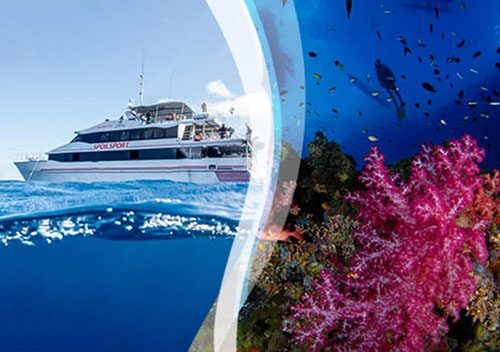Biodiversity #27 – Shrimp Goby – A Goby and a Shrimp co-habitating. Here’s the deal: Goby can’t dig his own safety tunnels, so he gets Shrimp to dig, and constantly maintain them – which Shrimp does for most of the day.
Biodiversity #26 – Jellyfish. There are 1,000’s of species of Jellyfish and they are found in all the oceans on earth. Though the English term has been in use since 1794 – they’re not fish, but rather gelatinous zooplankton – free swimming marine animals of the phylum: Cnidaria.
Biodiversity#: Scorpionfish – a fish that can’t swim? Scorpionfish are members of the family Scorpianidae, which includes many of the world’s most venomous species. One genus is the Lionfish, but many of the other genii are bottom-dwellers.
Biodiversity #24 – Titan Triggerfish – the largest of the true triggerfish. Though rarely seen by divers, triggerfish have two dorsal spines: the first larger spine is locked in place by the second shorter spine, and it can only be unlocked by depressing the second ‘trigger’ spine. Hence the family name.
Biodiversity #23 – Feather stars. Like starfish – or more correctly sea stars – they are echinoderms. They are marine animals characterised by a mouth on top surrounded by feeding arms. Compare the sea star which has a mouth on the bottom surrounded by feeding arms.
Biodiversity #22 – Queensland Groper (Epinephelus lanceolatus). The largest bony fish associated with coral reefs growing to nearly 3m length. Has a large mouth and rounded tail. Diet includes sharks and young turtle.
Despite the name, the cuttlefish is not a fish, but a cephalopod (literally: ‘head-foot’) which includes close cousins squid and octopus and distant cousin: the Nautilus. Unique internal shell called a cuttlebone which, being porous it can use to regulate buoyancy. (In-built BCD!)
Lionfish are skilled hunters, preying on small fish, invertebrates and molluscs. They have excellent control of location within the water column, and can blow water jets at their prey to disorientate them before swallowing them whole. If you try to photograph a lionfish, often you’ll find that by the time you’ve set up the shot, you’re looking up its rear-end – now you know why.
Because all rivers lead to the sea… Cairns dive operator Passions of Paradise has decided during Dive for Debris month to highlight the plight of our oceans with a World Rivers Day Cleanup.
Biodiversity #19 – Weedy seadragon – a fish related to the seahorse, and like the seahorse, it is the male weedy who carries the eggs in a brood patch for about a month until the young fish – perfect miniature replicas of the parents, and perfectly independent – are born.














